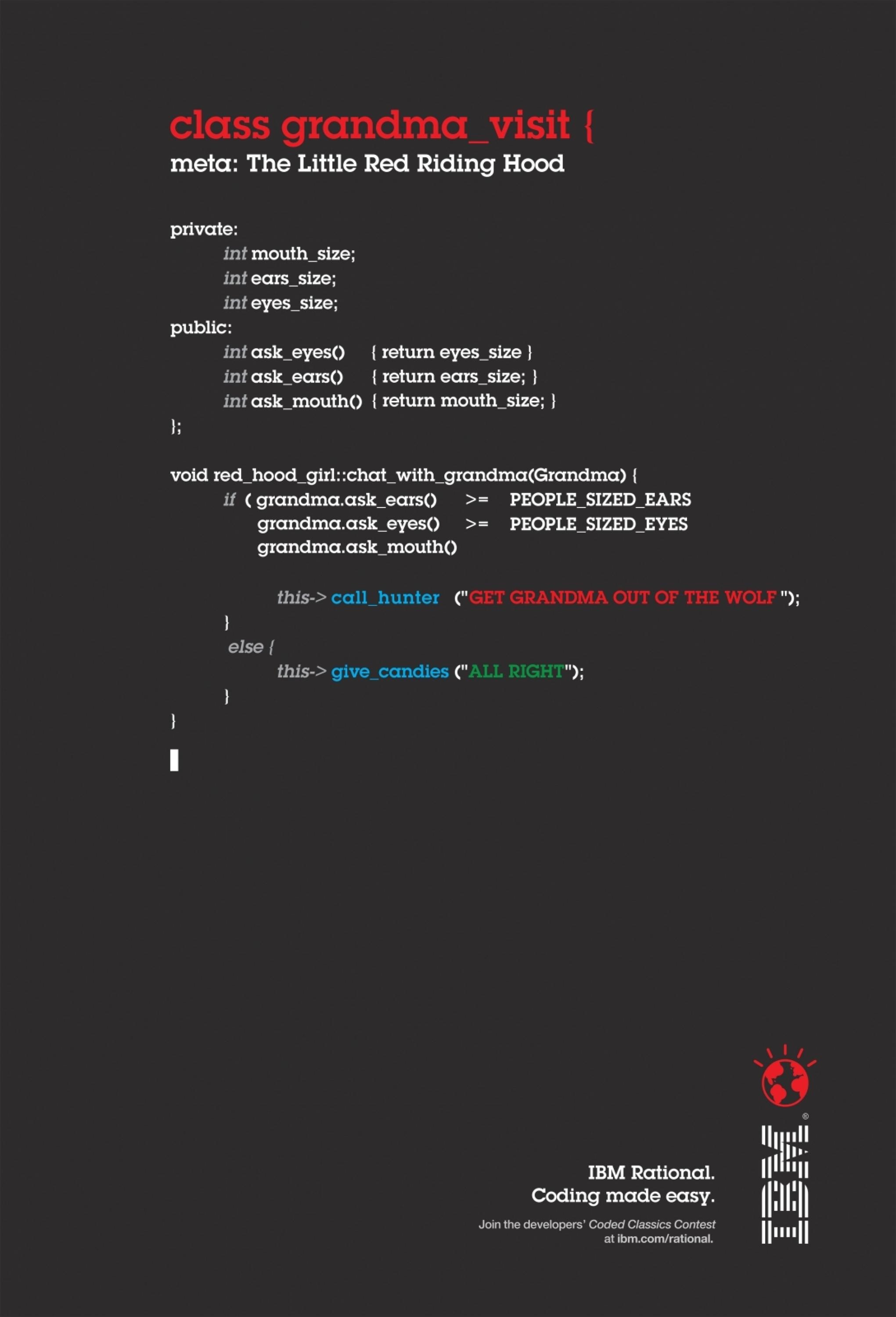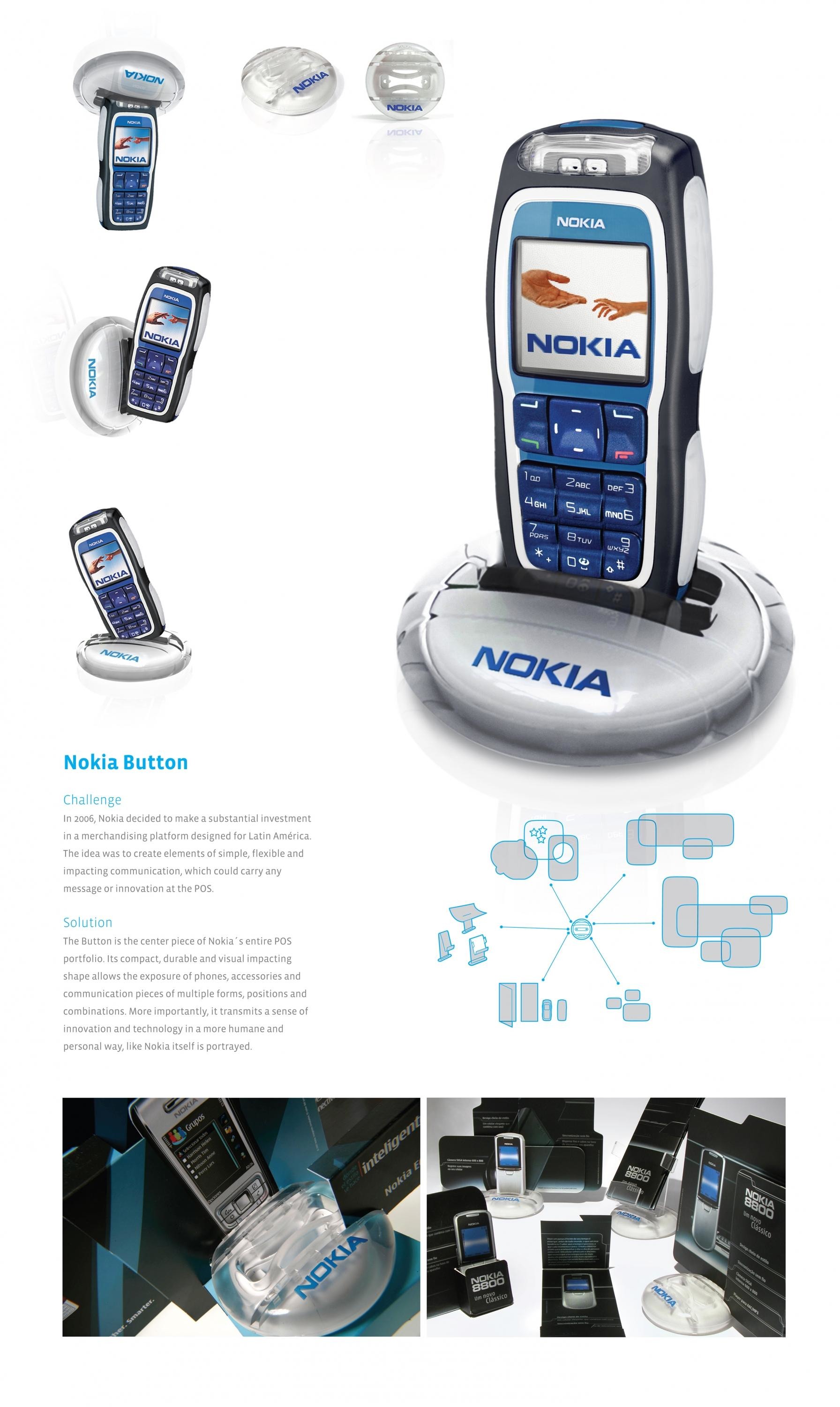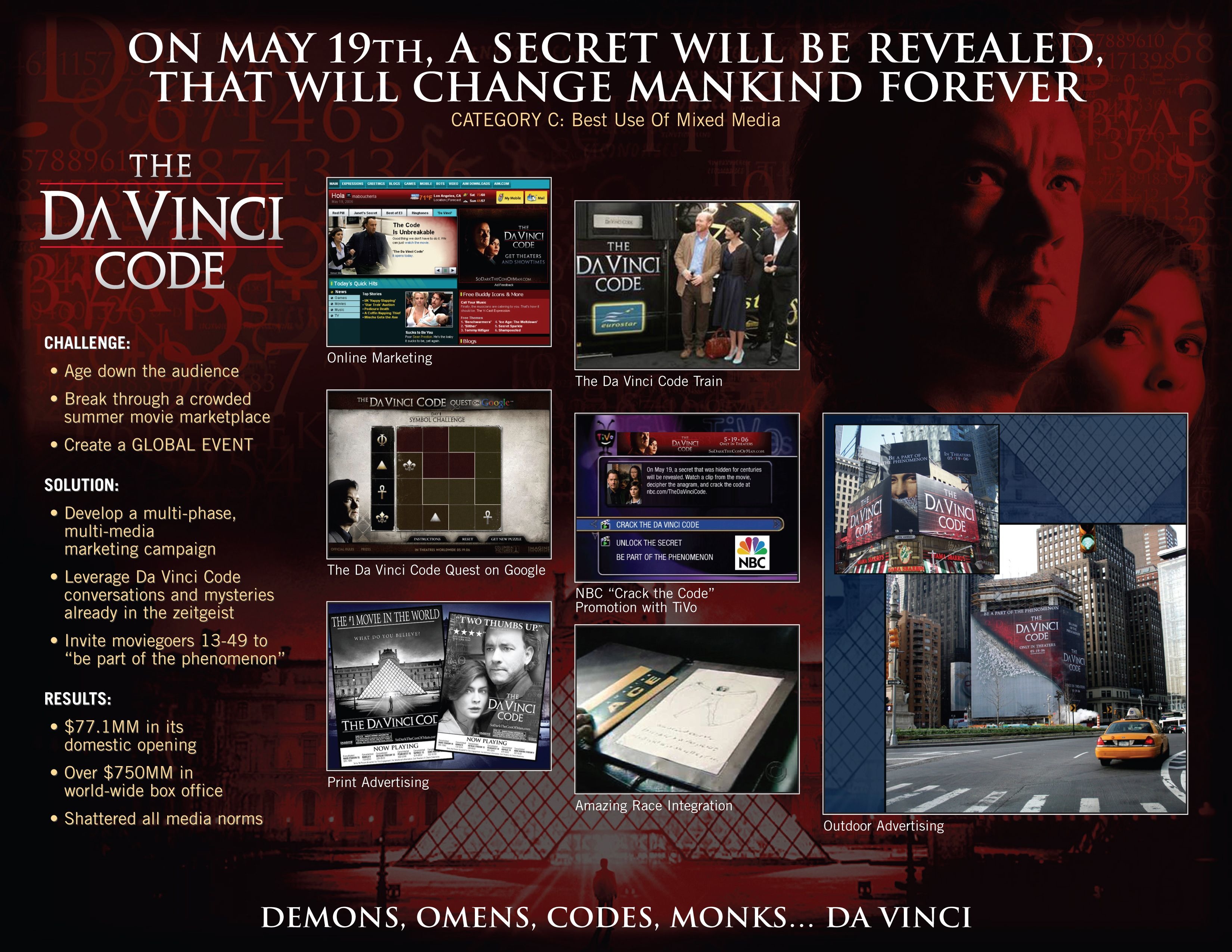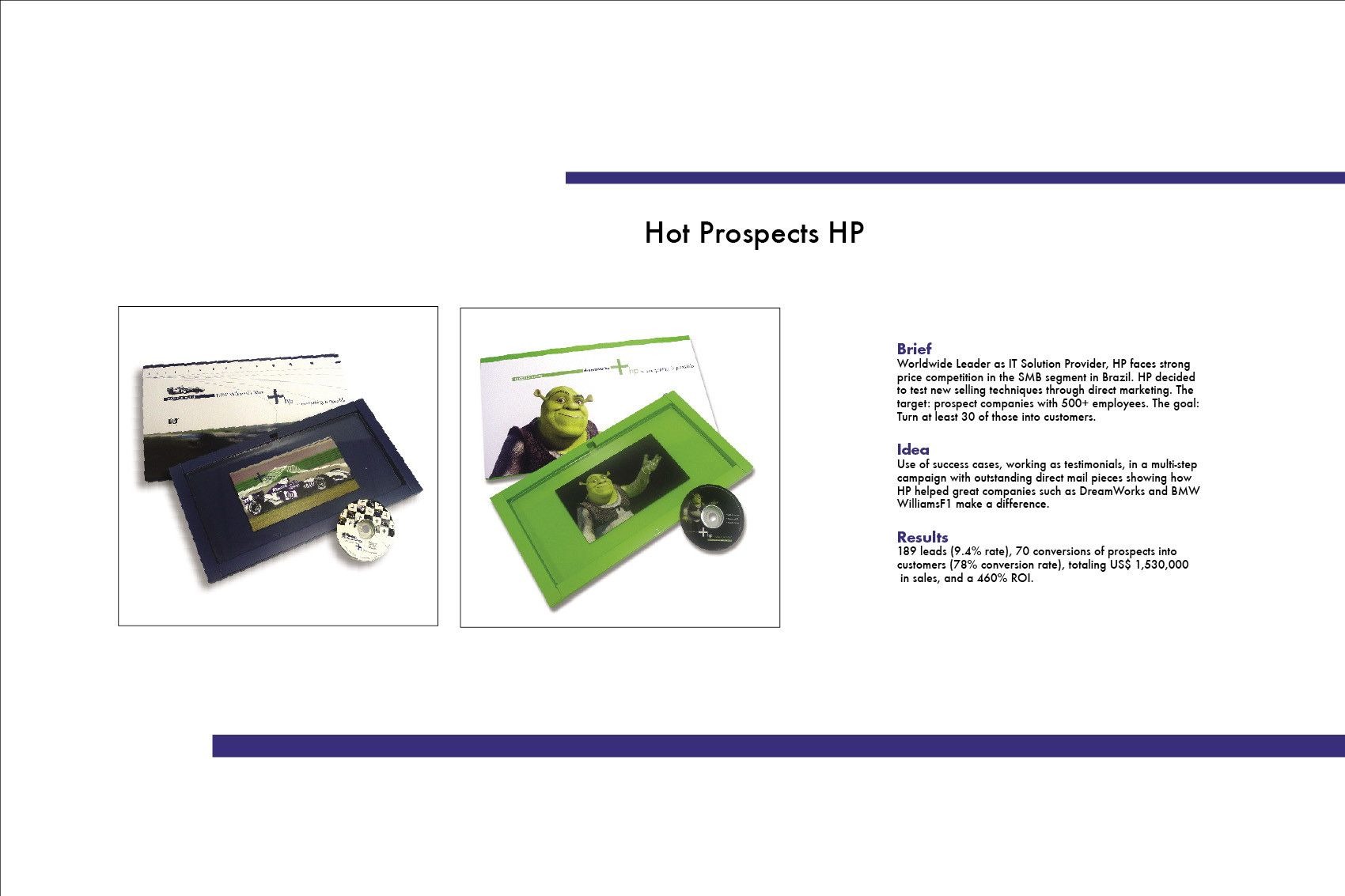Cannes Lions
Fabricius
GOOGLE ARTS AND CULTURE, London / GOOGLE / 2021

Overview
Entries
Credits
Overview
Background
Fabricius uses machine learning to help Egyptologists decode the stories of Ancient Egypt while also offering non-experts an opportunity to easily learn about and write in hieroglyphs.
The process of translation has remained unchanged for over a century, and was dependent on entirely manual processes - from creating facsimiles of the original inscriptions in the field to the reliance on paper-based reference materials throughout the translation process. Released as open source, this tool provides a new level assistance to experts as they go about their challenging work.
To bring the project to the attention of the widest possible audience, we wanted to create a mobile experience that explained the process of translating hieroglyphics to the widest possible audience, and demonstrated how machine learning could revolutionise traditional translation techniques.
Fabricius was launched on 15 July 2020, on the anniversary of the discovery of the Rosetta Stone.
Idea
Through the verification of our thesis that machine learning could transform the process of collating, cataloguing and understanding ancient Egyptian hieroglyphs, Fabricius was created from the prototype toolset into a complete open source platform and web app.
We collaborated with academics around the world to identify the greatest value digital technology could deliver to the translation process. We also wanted to explain the breakthroughs delivered by Fabricius to the widest possible audience, and explore routes that would educate visitors to the techniques used in the translation process, and how machine learning was being used to modernise these. This is why we decided to offer users 3 different user journeys:
Learn - Take your first steps into the world of Egyptian hieroglyphs
Play - Write and send coded messages to your friends
Work - Desktop-only tools built to assist the research and education community
Strategy
As we worked with Egyptologists to create the suite of translation tools, we discussed the best ways to bring this process to life, identifying tasks and activities that could be replicated in an accessible and entertaining way.
Because we were aiming to bring the experience to the widest possible audience, we knew that all of the Learn and Play activities had to be optimised for mobile platforms, with an objective to make each task achievable through the use of a single finger.
Once the initial tasks were in place, we went back to educators and asked for feedback on the accuracy of the Learning material, and how a test group of primary, secondary and university students interacted with the experience.
Execution
The experience is divided into three sections - Learn, Play and Work, and is hosted on Google Arts & Culture.
The Learn section uses two animated characters to guide users through six simple tasks to discover who is buried in a recently discovered tomb. The two characters - an elderly archaeologist and a young female Egyptologist are used throughout the experience to show the difference between the traditional approach and the digital humanities tools provided by Fabricius. The six tasks are:
Trace - the original method of copying hieroglyphs on site
Create a facsimile - hand drawing sequences of hieroglyphs
Identifying - Identifying hieroglyphs in reference material
Repair - Identify and redraw damage before translation can begin
Read order - hieroglyphs can be read left-to-right, right-to-left, or vertically.
Translate - complete the translation of identified sequences
The Play area allows users to translate messages and emojis into hieroglyphs.
Outcome
“Talk like an (ancient) Egyptian: the Google Translate of hieroglyphics is here” - Wired
“You can now decode Egyptian Hieroglyphs using Google’s new tool” - Vogue
“Fabricius: this new Google AI tool helps you decode and write in hieroglyphs” - The National
The launch of Fabricius achieved outstanding results for a mobile experience about ancient languages. It received very positive press sentiment in over 233 global articles by outlets ranging from current affairs, tech, fashion, science and history. The announcement video received 3.5 million views and the social campaign reached 2 million engagements.
Similar Campaigns
12 items








